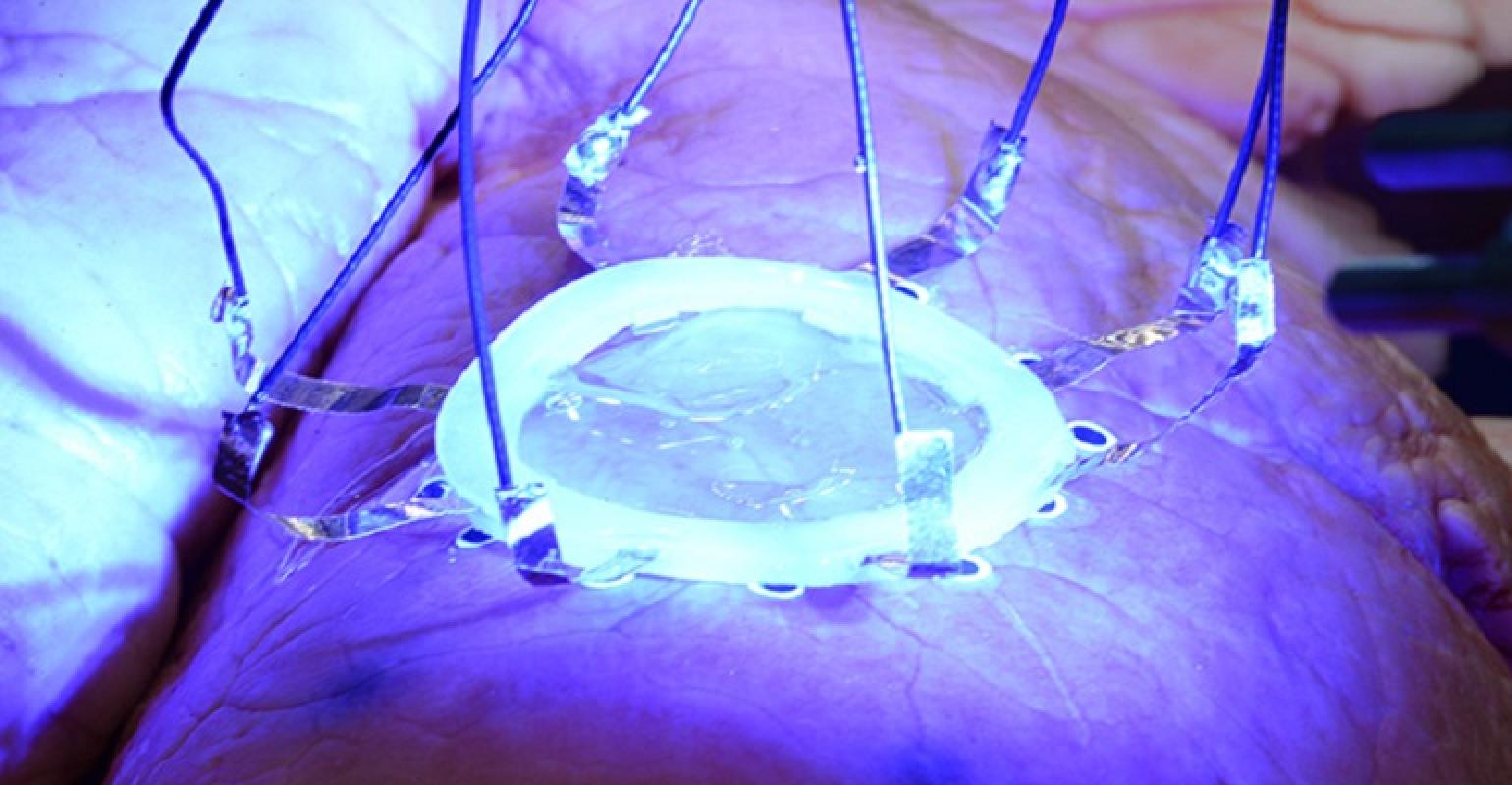A team of scientists at the University of Minnesota has developed a new 3D-printing technique that can 3D print electronic sensors directly onto human organs as they are expanding and contracting.
.
The breakthrough 3D printing technique has implications for COVID-19 and paves the way for autonomous robotic surgeries. Researchers have been using 3D printing in medical applications for some time, but most of the time it’s been used to create devices like prosthetics for use outside the body.
.
Now, a team of scientists at the University of Minnesota has developed a new 3D printing technique that can 3D print electronic sensors directly onto human organs as they are expanding and contracting. The breakthrough new process—which uses motion-capture technology similar to what’s used in the filming of Hollywood motion pictures—is especially relevant during these times of COVID-19, said Michael McAlpine, a University of Minnesota mechanical engineering professor and senior researcher […]
Case Study: How PepsiCo achieved 96% cost savings on tooling with 3D Printing Technology
Above: PepsiCo food, snack, and beverage product line-up/Source: PepsiCo PepsiCo turned to tooling with 3D printing...





0 Comments